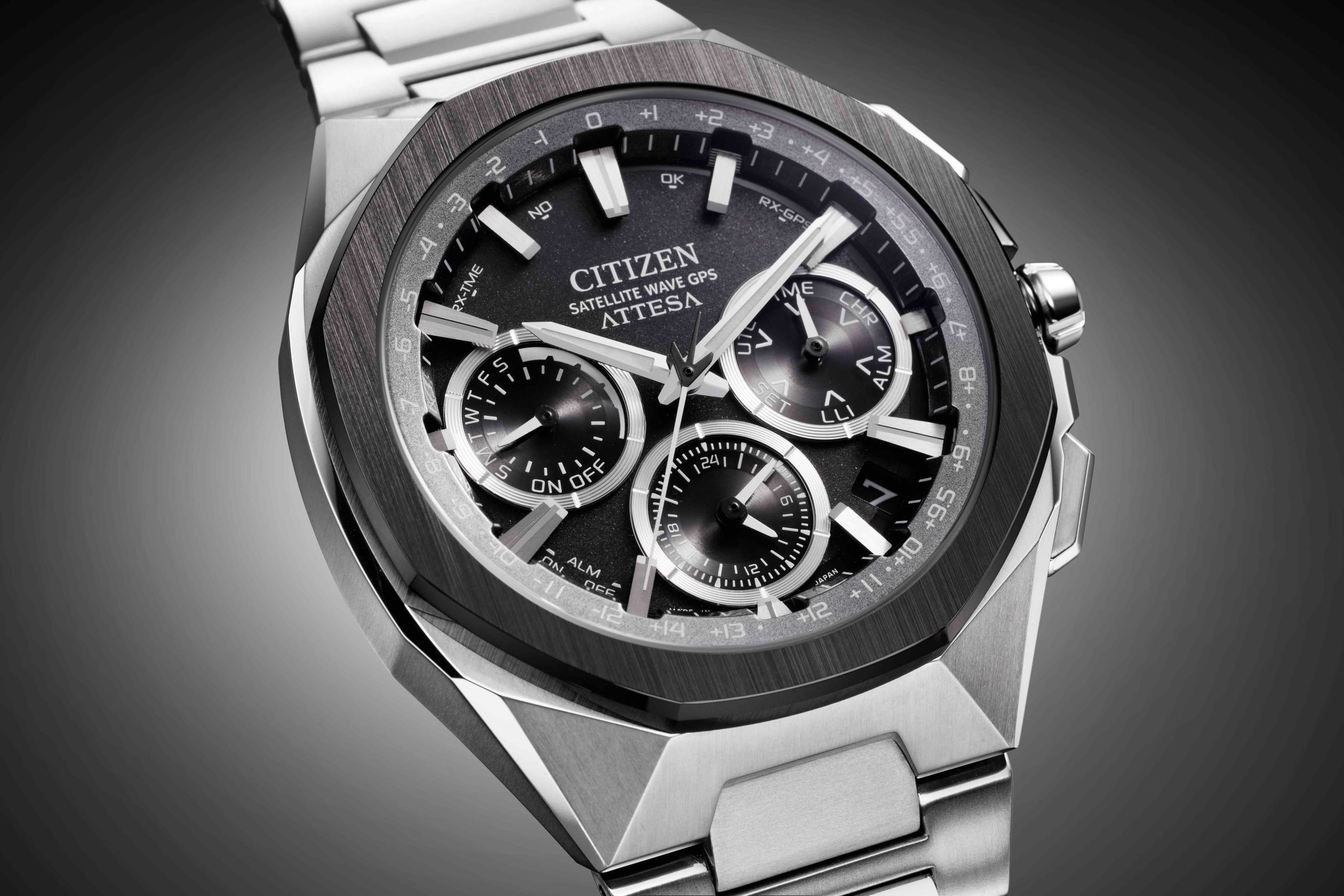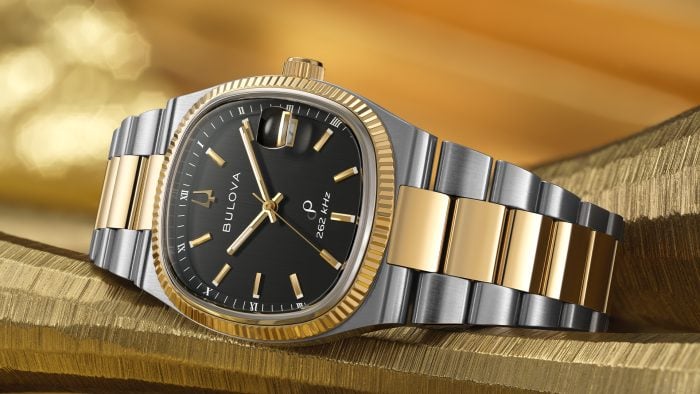Though I’ve always loved a good quartz watch, I understand why they’re misunderstood. Historians place the quartz crisis between the mid-70s and the late ‘80s, when these new electronic timepieces rapidly replaced mechanicals. This led to a decline in Swiss watchmaking. Some equate this with the rise of fast fashion. Others blame the quartz movement for heritage watchmakers shuttering, being bought out by big conglomerates, or suffering identity crises—1980s Omega Seamaster, anyone?
Still, quartz watches are an important part of history. And many brands that survived the revolution came out the other side better than ever. The Seamaster made a brilliant comeback in the ‘90s with the quartz GoldenEye watch (my favorite watch of all time). Other crystal-regulated luxury icons include the COSC-certified Breitling Aerospace Evo and the still-thriving Cartier Tank Must.
Sought-after quartz watches have always been around, but they’ve proliferated in the past few years. Before you accuse me of simply being a hopeful fanboy, check out how the following modern timepieces exemplify quartz as art, engineering, and even a market force.
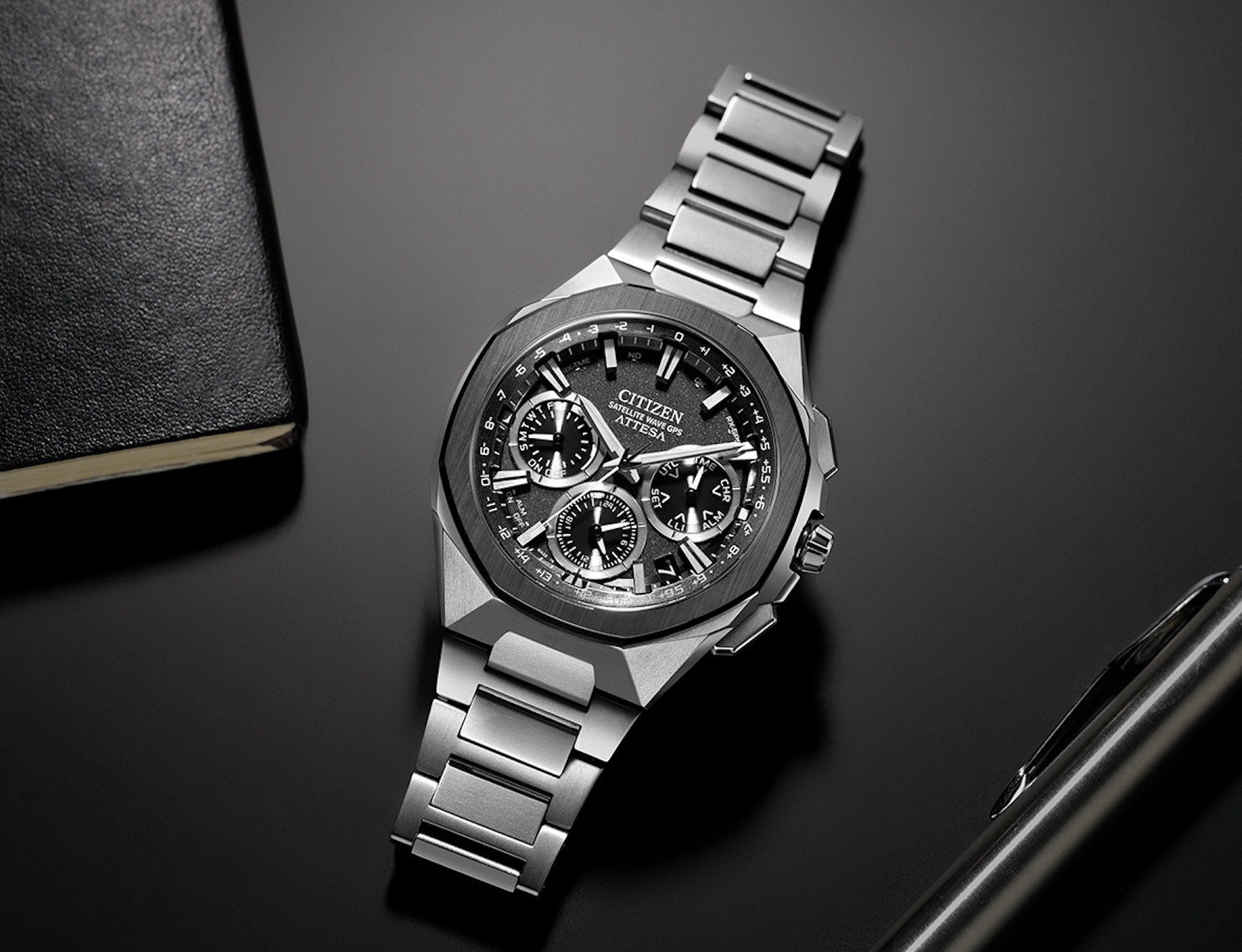
Photo via Citizen
Citizen Premier Attesa
If Citizen launching a luxury line isn’t proof of the quartz glow-up, I don’t know what is. There’s no denying that this quartz pioneer is horologically masterful, but much of its bread and butter comes from high-value workhorses. Starting with the consolidation of the brand’s higher-end product groups, the Series8 and the Attesa, Citizen Premier is set to level up further; the 2025 Super Titanium Attesas are proof of this. The dial is a veritable feast of textures and shapes, streamlined by a ceramic octagonal bezel and integrated bracelet. It’s modern luxury manifested. The Attesas run on the impressive F950 caliber, a light-powered Eco-Drive with the world’s fastest satellite signal reception. Between that and the rapid-change time zones, you’re guaranteed supreme accuracy anywhere in the world. Jetsetters, take note.

Photo via Grand Seiko
Grand Seiko Heritage SBGP017
Thanks to its workhorse Seiko origins, Grand Seiko treats its quartz calibers with as much respect as its mechanicals (and I predict Citizen Premier, because of its core-line Citizen roots, will do the same). It’s rare for a watch to exhibit its electronic movement—truly, the SBGP017 is a love letter to good quartz production. For those skeptical about looking at some non-moving power cell, I argue that the purple jewels and sapphire screws against the stamped, silky gold unit is still more horologically satisfying than a solid caseback. This isn’t some cell phone battery. Besides, the 9F85 Caliber deserves that spotlight. It’s accurate within five seconds a year because Grand Seiko uses aged crystals, meticulously and individually inspected and selected. Meanwhile, the exquisite hand-made dial is inspired by the mountain sea clouds in Shinshu, Japan, where Grand Seiko builds its quartz timepieces.
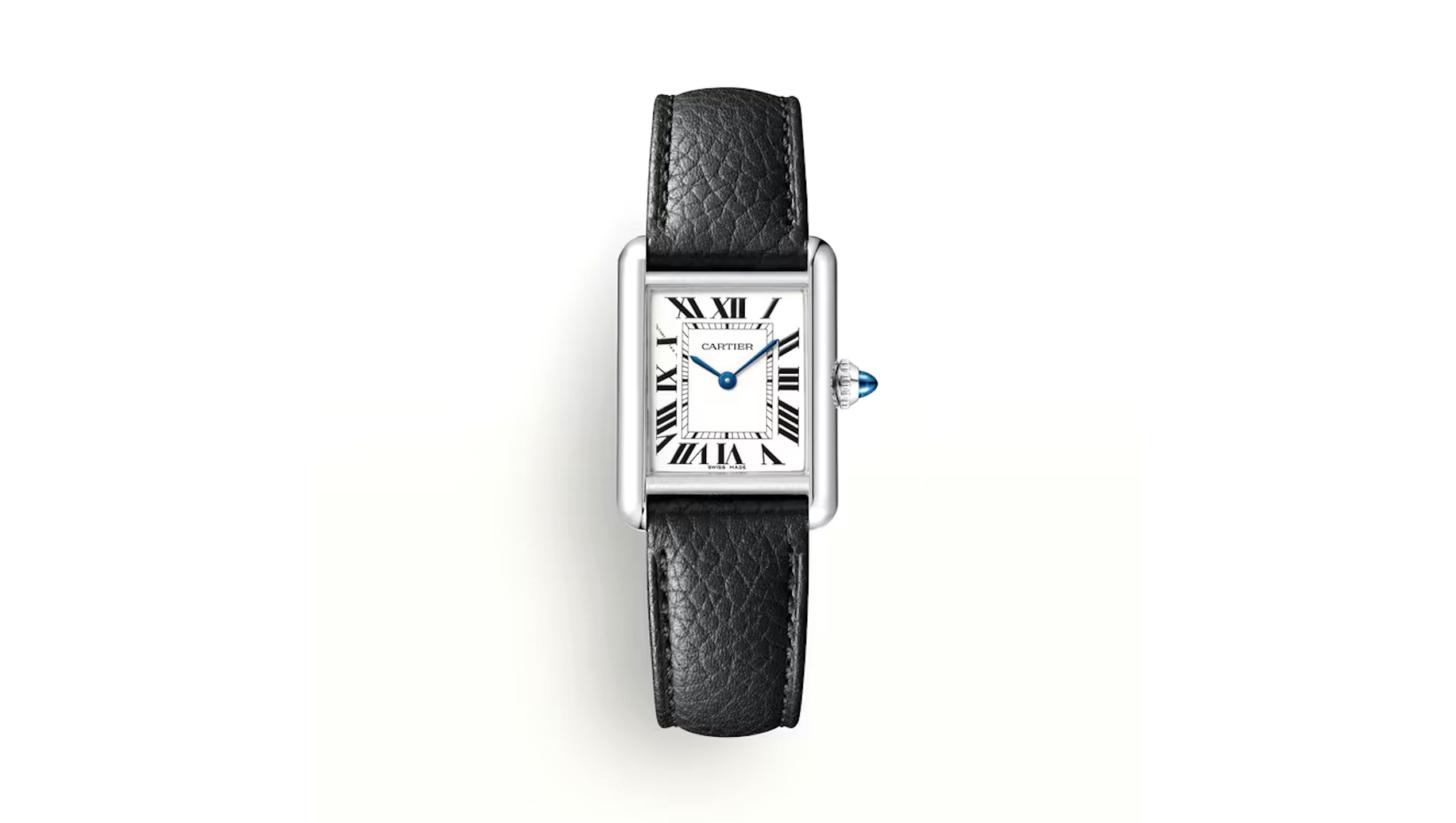
Photo via Cartier
Cartier Tank Must
The Cartier Tank Must is the standard-bearer of luxury quartz watches. It’s also the principal example of how to give a well-established, high-end subline a quartz makeover without compromising it. Les Must de Cartier is the visually restrained answer to the often-Deco sensibilities of its Tank cousins. Reissued in 2022, the original 1977 versions were straightforward, indexless, and offered in power-suit shades. The movement inside was equally no-nonsense and high-quality. In every iteration, quartz makes perfect sense inside the Tank Must. If you’re a fan of sparkle, a diamond-set Must costs several thousand dollars less than a Tank Américaine or Française. What’s more, the gems look more natural with the Must’s aerodynamic crown and more balanced with its overall practical elegance.
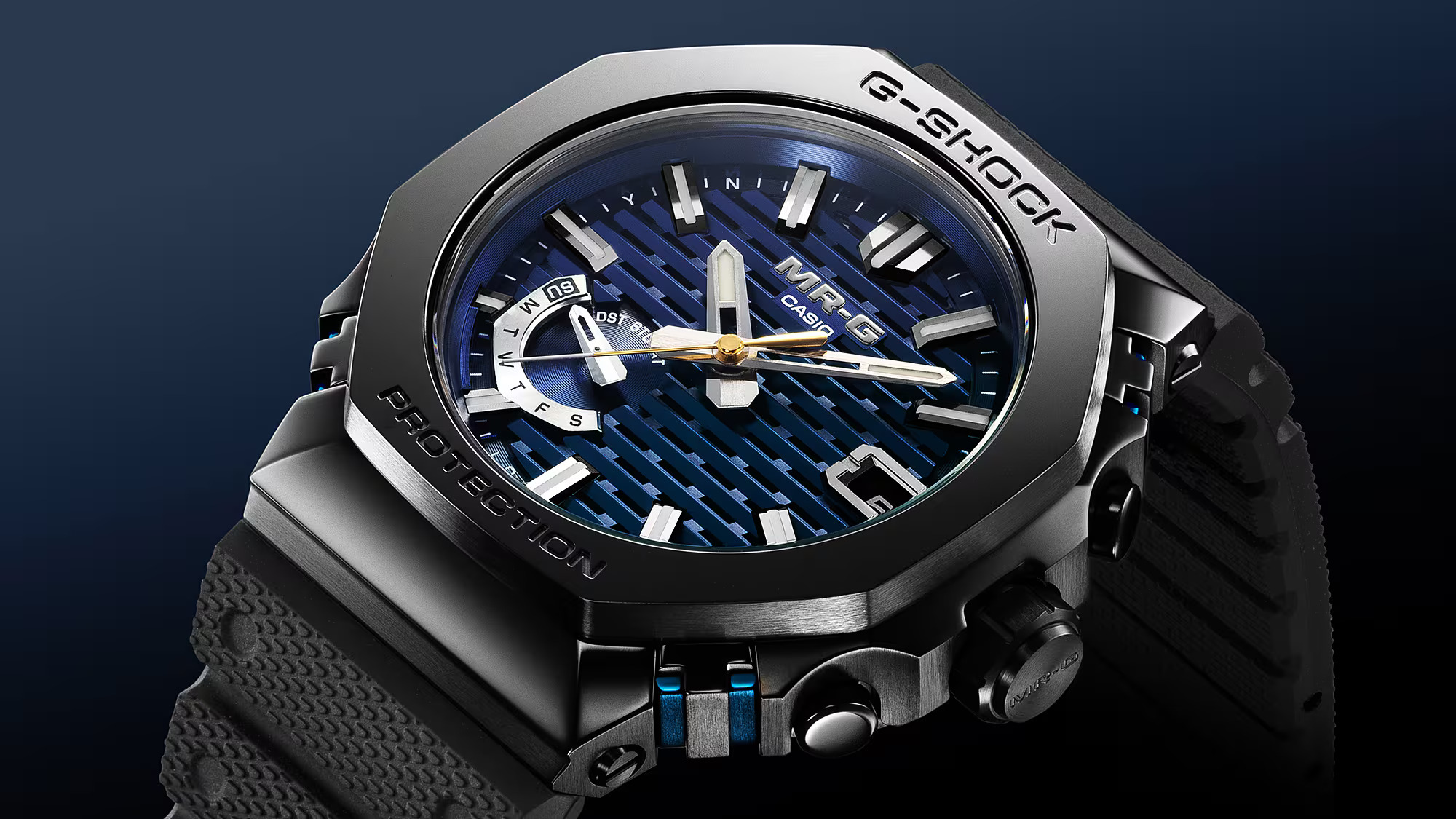
Photo via Casio
Casio MRG-B2100R-2A
Art meets technology in this beautiful upmarket addition to Casio’s flagship MR-G Line. The dial is finished with a submarine blue vapor deposition, evoking traditional Japanese ao-zumi ink wash painting, framed by a black titanium and platinum-like alloy construction. The combination of deep onyx hues and luminous blue is very commanding, very G-Shock. Inside, the radio-controlled Tough Solar 5718 module features Bluetooth and Multiband 6, which auto-syncs to six automatic clocks around the world, ensuring accuracy in most places and at any signal range.
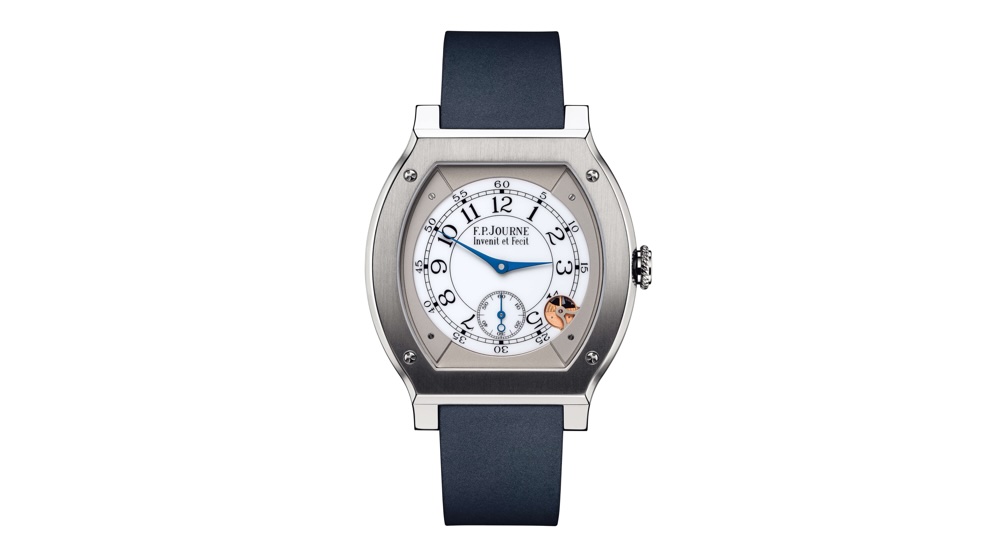
Photo via F.P. Journe
F.P. Journe élégante
If the Tank Must is the standard-bearer for the luxury quartz world and the Grand Seiko SBGP017 an artistic ode to it, the F.P. Journe élégante is its market marvel. This is one of the few quartz watches that often ends up double, even triple, its MSRP on the open market. It’s certainly one of the most recognizable electronic timepieces among collectors, but it’s also a true innovation. Caliber 1210 works with the dial’s motion sensor which goes into energy-saving hibernation after 35 minutes of stillness. Since the 1210’s microprocessor continues to keep time, the hands automatically reset to the current time as soon as motion is detected. Basically, its quartz movement is what makes the élégante special.
Like the SBGP017, this watch has an exhibition caseback. Perhaps you don’t find the sleeping hands particularly impressive. Or maybe you’re unimpressed with the 1210’s lack of HAQ status (to which I say, quartz watches of all levels are inherently accurate anyway). Even then, you have to admit the rose gold plate and circuit board are undeniably stunning.
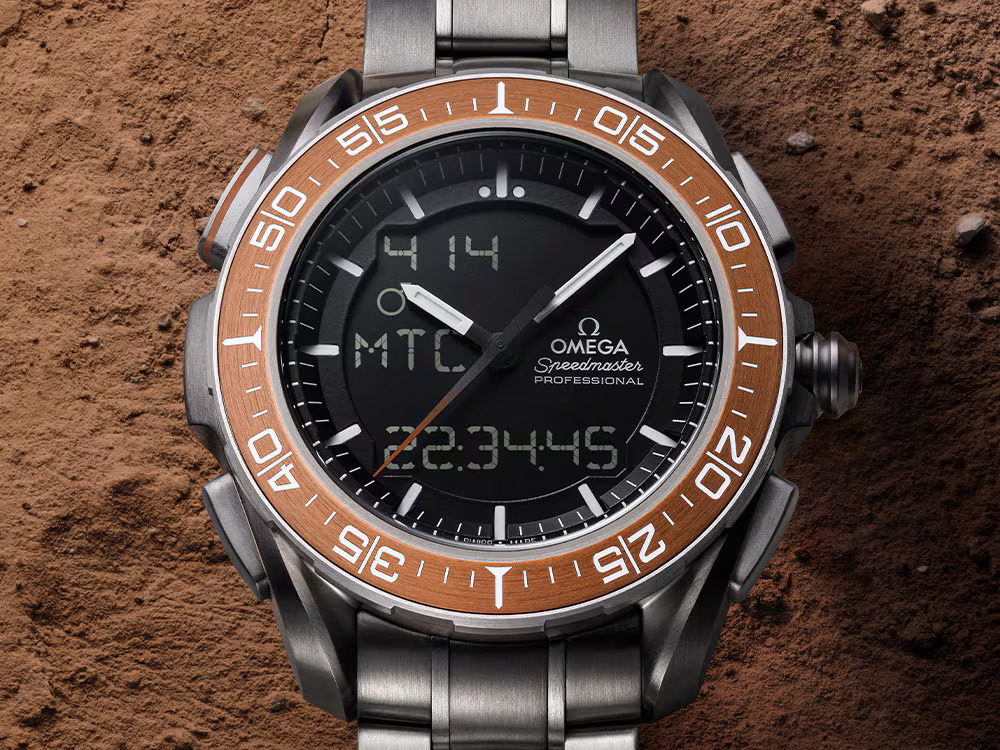
Photo via Omega
Omega X-33 Marstimer
Three years ago, Omega claimed, “First the moon, now Mars!” with the X-33 Marstimer, a partnership with the European Space Agency. Just look at the anodized hematite red coloration on the bezel and the gradient on the second hand. By giving the 2014 X-33 Skywalker a Mars-themed remix, Omega pulled off a “sci-fi but make it chic” aesthetic. And with the combined analog-digital face, you get the electronic look you want from quartz purveyors like Casio and the traditional Swiss design language you expect from Omega. By the way, the thermo-compensated 5622 movement very literally tracks Mars time. Concurrently, the solar compass finds north on Earth and the red planet.

